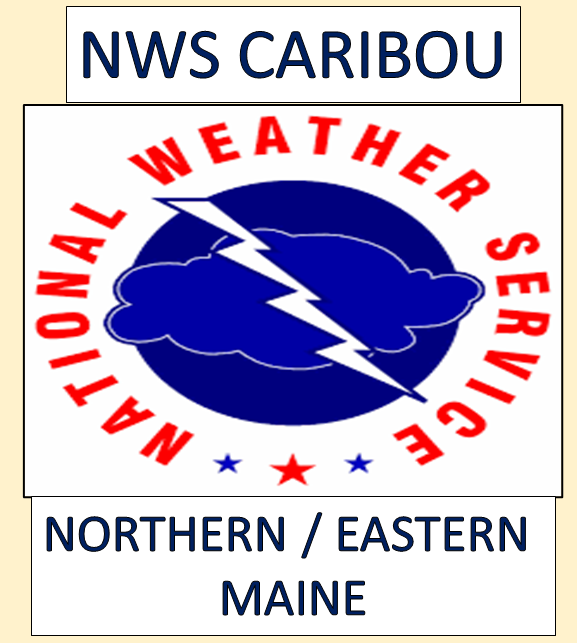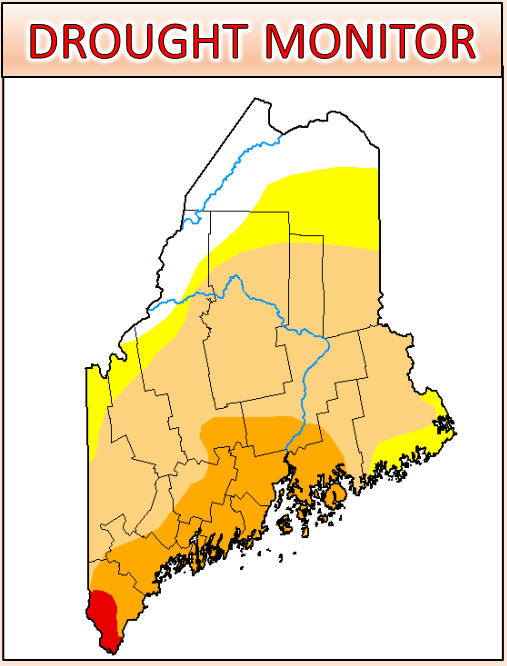An interesting set upUsually in storm set ups like this one, the buzzword "blizzard" would be thrown around like penny candy in a summer parade. That will likely be the case for much of New York state and a considerable part of southern New England. There is a possibility of heavy wet snow for parts of western and southern interior Maine. I won't rule that out as I think most of the models are missing on the cold with this event. The key in all of this is the position of the upper level low over northeast Quebec and high pressure near the St. Lawrence River. I believe those two ingredients hold the cards on how this plays out. If the high and upper low are further east, there would likely be a need for a yard stick to measure the snowfall from this event. There is plenty of energy, plenty of Gulf of Mexico moisture, but the deep cold is to the north and west. It's worthy to note that this storm is likely to contain a cold core to it, which means the idea of snow for cannot be ruled out. While that gets sorted out, there is still plenty to be concerned about with this event. Wind could cause power outagesI'll be blunt about this and say this for southern New England followers that you are likely to get hammered with this storm. Folks from the north shore to Cape Cod, Nantucket and Martha's Vineyard should buckle up. High Wind Watches are already posted from coastal York County around the Cape all the way to the Outer Banks of Cape Hatteras. Gusts in the 50-60 mph range (potentially higher) are likely from Friday morning into Saturday, pending on region. Add the potential of heavy wet snow for interior areas, this could be a big problem for much of the northeast corridor. The ocean is going to get ugly... for daysCoastal areas are going to take a beating. As the title of the post says, this is a long duration event. The storm will be stuck in a traffic jam over the Atlantic and hang around through early next week. Guidance is hinting at a central pressure of around 965 mb, which if this were a hurricane, would make it a Category 2 on the Saffir-Simpson scale. While it won't be a hurricane, the effects on the ocean will be very similar with waves exceeding 30 feet and hurricane force wind gusts offshore. Given the fact that is appears to be a long duration event, there are several tide cycles to be concerned with. Tides are astronomically high due to the full moon. Tides in Portland will be running over 10 feet through Monday. For Eastport, you can double that to 20 feet. Coastal flood watches have already been posted for MidCoast and southwest coast, and time will tell if they will be needed DownEast. It won't be until Monday before the seas show signs of settling down. Storm surge could range 1-3', with the higher level over southwest areas. Mariners are advised to stay in port and take the weekend off. Stay in touch with the latest marine forecasts from NWS Caribou for DownEast areas, NWS Gray for the MidCoast and southwest coast of Maine, along with coastal New Hampshire. If you want to take a peek at how ugly it will be offshore, you can check the latest from the Ocean Prediction Center. Speaking of the Ocean Prediction Center, this forecast from around 2 PM Wednesday looking ahead to 7 AM Sunday shows the storm south/southeast of Nova Scotia, still very strong and with plenty of wind. It will slowly weaken and move eastward into Monday. As it does, the seas and shoreline winds will begin to settle down. And about precipitation type...There is still much uncertainty on how much of what type precipitation will fall and where. There are plenty of questions and not many answers at this point on what the impact will be for Maine. There are several ideas on the table, and all are track dependent. Most guidance has the storm near the benchmark 40°N / 70°W point, which causes concern for me. To add to my concern is high pressure situated near the St. Lawrence River. While the storm appears to be throwing warm, moist air in at the surface, the question remains as to what happens at the mid and lower levels of the atmosphere. While surface temperatures could be above freezing to near 40°, that does not mean snow is unlikely. This idea from the Canadian model is an outlier, but it highlights my concern that some of the models are running too warm with this event. This chart indicates potential temperature at roughly 5,000 feet above sea level. Checking with the GFS model, which typically runs on the cool side, it shows similar ideas and takes the cold down to around the 1,700 foot level. With cold high pressure lurking to the north and a strong storm to the south, I become concerned that cold air will bleed in and turn interior areas into snowfall. There is a fair amount of confidence that areas north of Route 2 could see some snowfall. The game at this point is to figure out how close to the coast it gets. For now, it appears to be an elevation game. Hills over 1000 feet have a good chance for snow. It all depends on how low the cold ceiling falls for areas less than that altimeter. Folks who live in the foothills and coastal interior should pay special attention to the forecast Thursday into Friday to see how this all plays out. Personal updateThe good news is the new home purchase is about complete. The current home sale is underway. I still have no idea when the move will take place as of yet. That will be contingent upon the sale of our current home, or when my youngest daughter finishes school for the year, which ever comes first. I appreciate you hanging in there with me, and I look forward to where I can spend more time with weather updates.
As always, stay in touch with NWS Gray and NWS Caribou, and for you southern New England followers, NWS Boston for all the latest official bulletins and information. Thanks as always for your support. - Mike |
Mike Haggett
|























